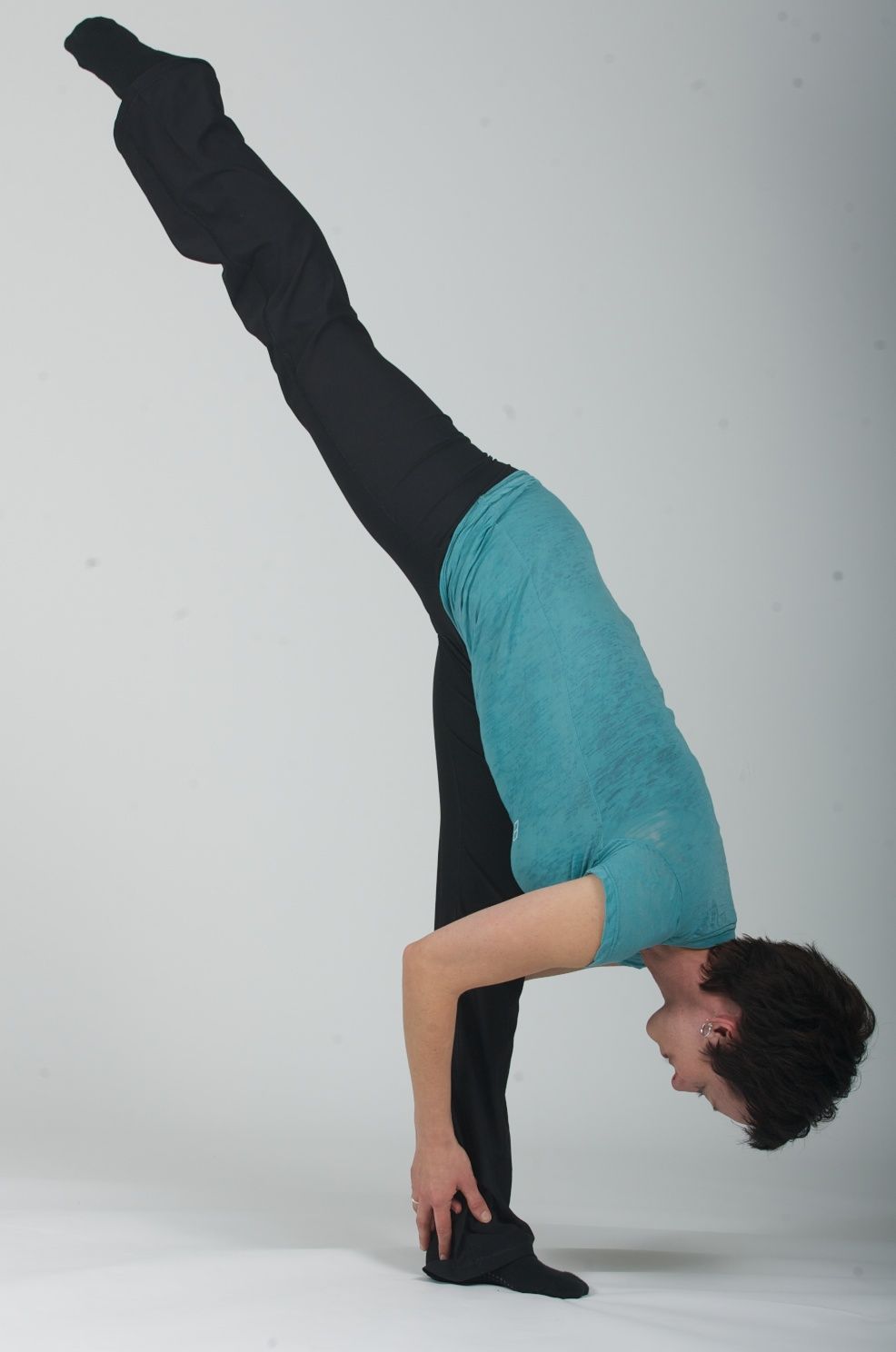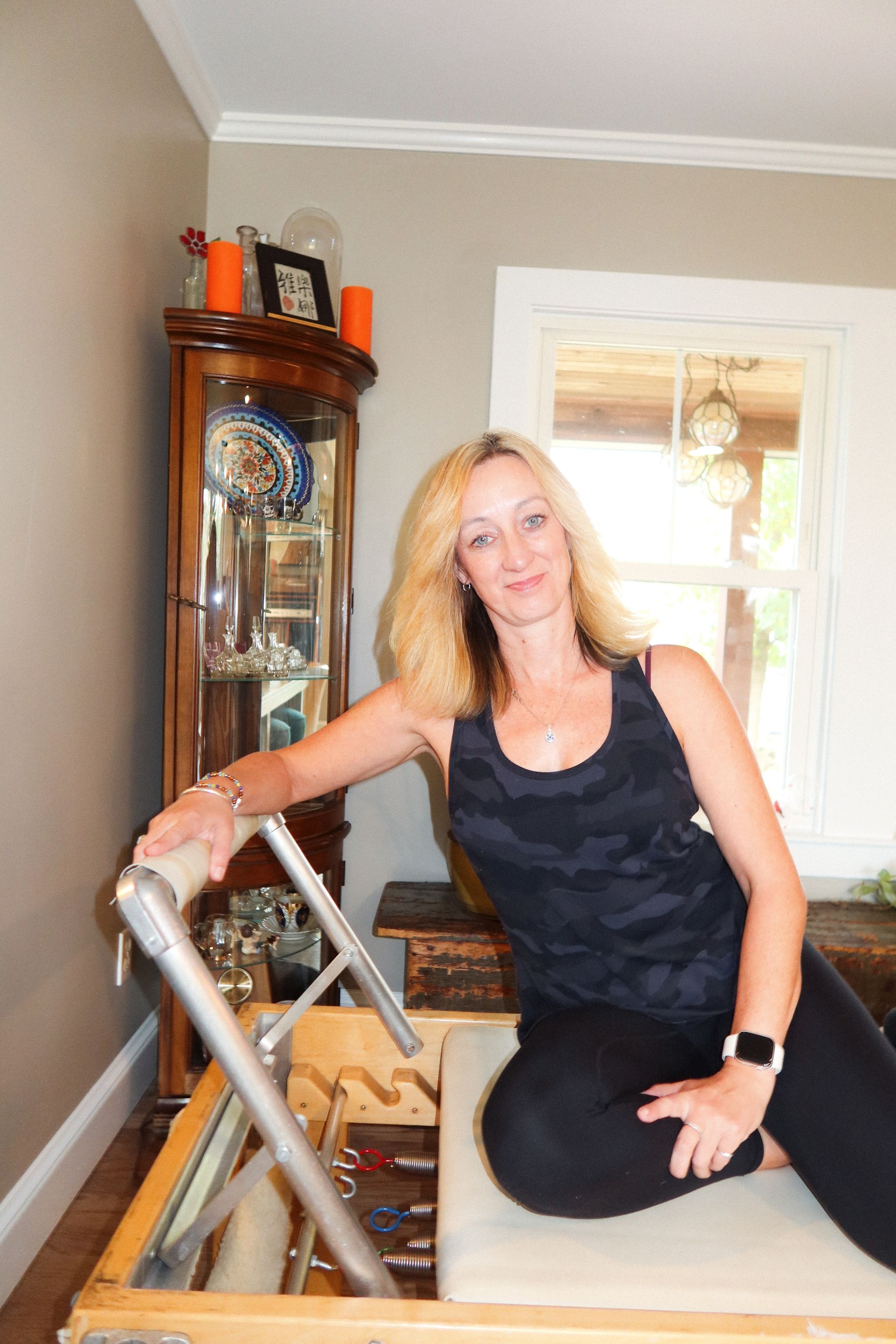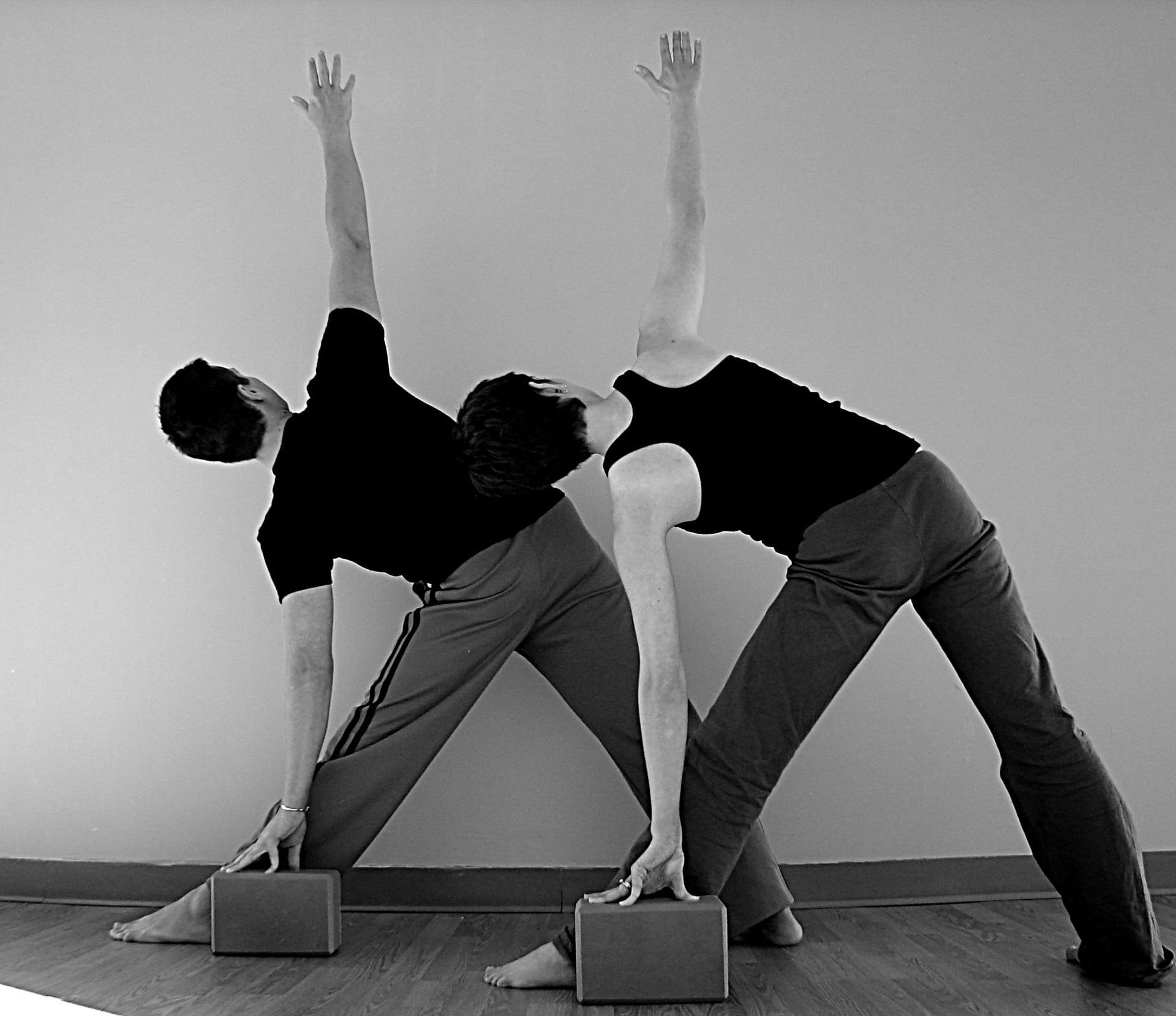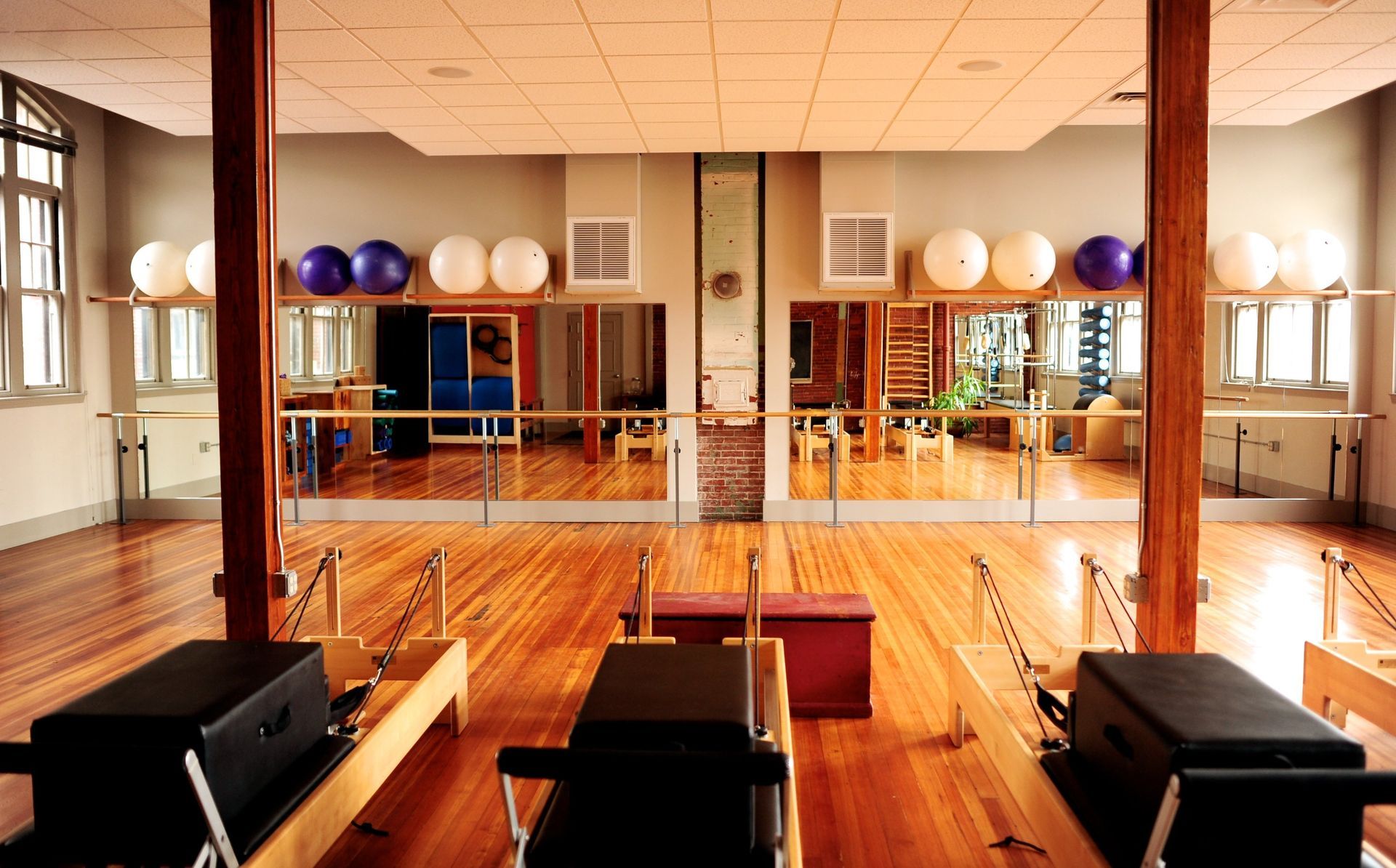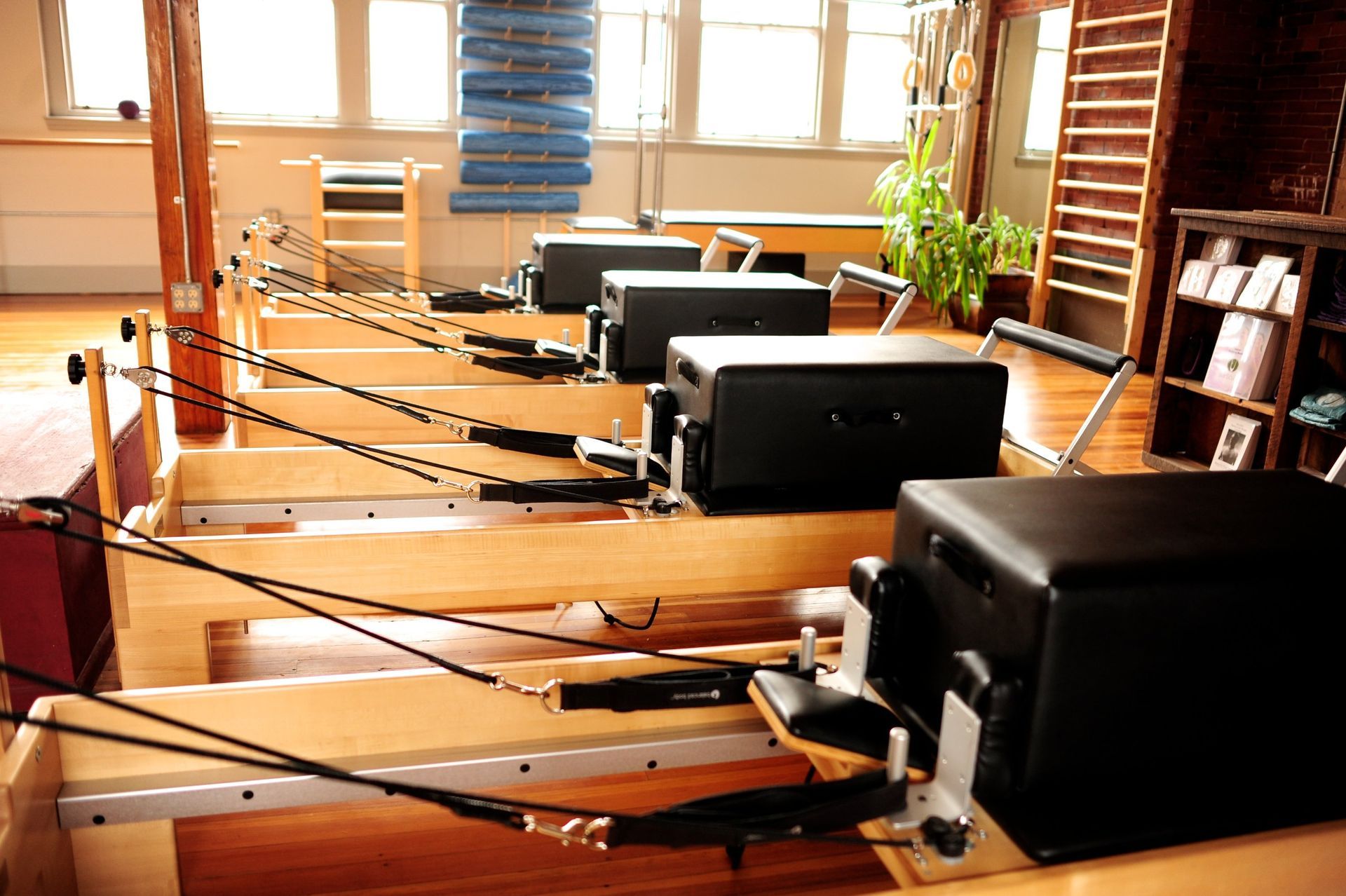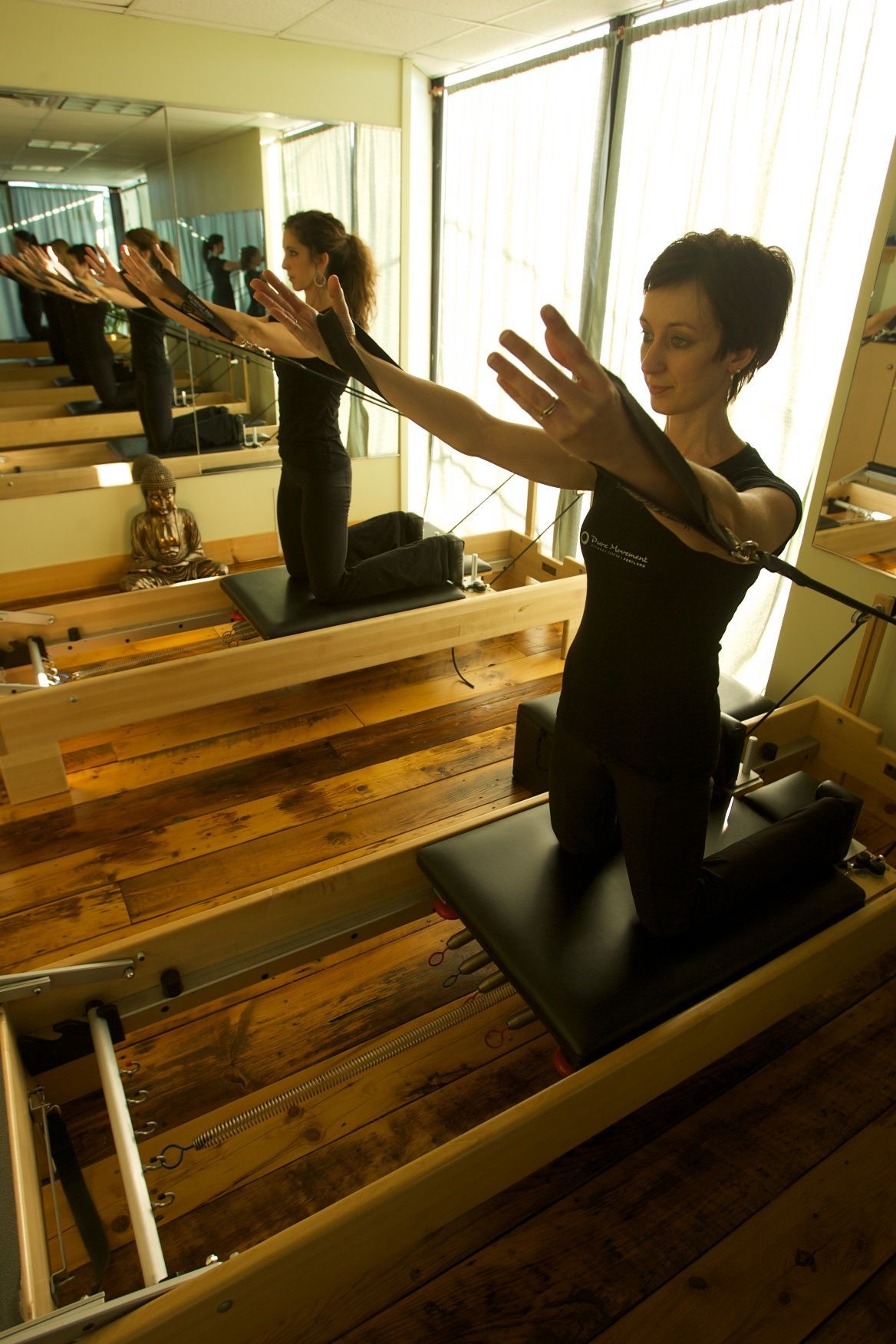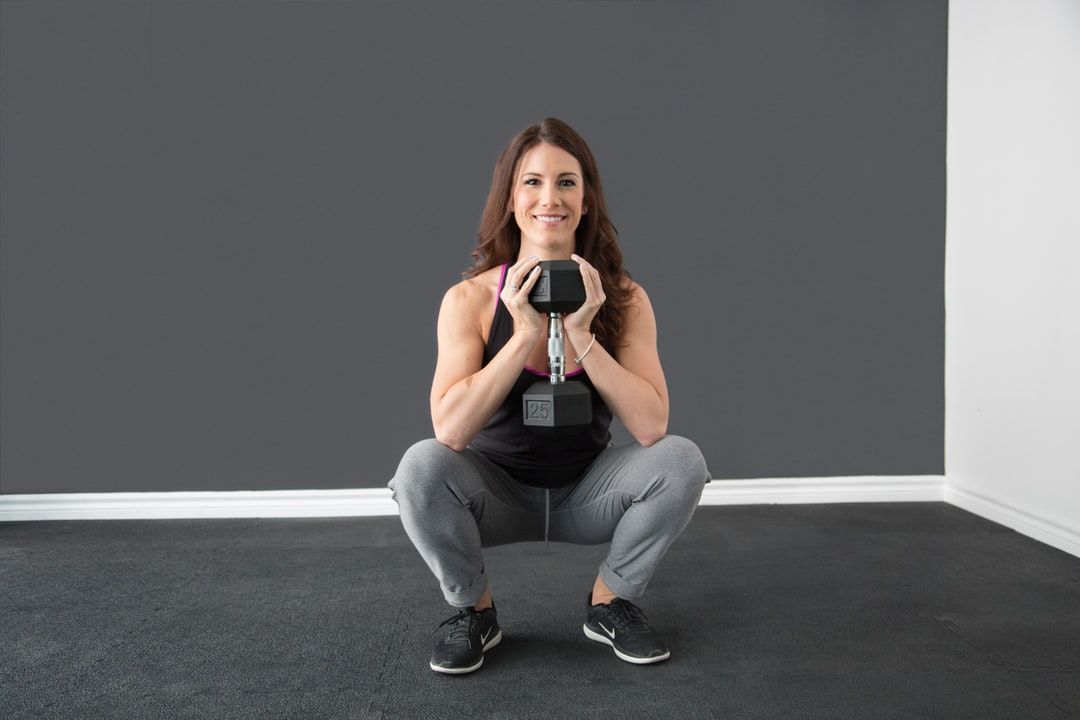Say it Three Times!
The Art of Repeating Spring Changes on the Reformer

In a Pilates Reformer class, a single missed cue can change everything — from the effectiveness of an exercise to the safety of a client. One of the simplest yet most overlooked skills in teaching Reformer Pilates is how you give spring change directions. It may seem small, even trivial, but clear, intentional communication about springs is one of the biggest markers of a confident, organized, and safe teacher.
And here’s the truth:
you need to say spring changes three times.
Each time differently.
Each time intentionally.
Why Repeating Matters
If you’ve ever said “Take one spring off” and then watched half the class sit there blankly, you already know the problem. Pilates teachers often underestimate how much information clients are processing at once. Their attention is divided between listening, watching, feeling their bodies, and thinking about what’s next.
When you give a direction, your words enter that busy landscape. The client might be wiping off sweat, adjusting hair, thinking about lunch, or focused on their alignment. Even your clearest cue can easily get lost. Repeating directions — especially for spring changes — isn’t redundancy; it’s clarity. It ensures safety and consistency for every client in the room.
Spring Changes: The Critical Pause
Spring tension determines everything about how an exercise feels and functions.
Too heavy, and a client might strain their back or shoulder.
Too light, and they might jerk the carriage or lose control.
In a Reformer group class, one person missing that change can shift the energy in the room. Maybe someone’s springs are too light, and their carriage slams back. Maybe they’re too heavy and can’t complete the range. The group rhythm falls apart, and suddenly, everyone’s glancing around to figure out who’s “off.”
As the instructor, it’s your job to create seamless transitions that maintain both flow and safety. That’s why repeating spring changes isn’t just about being heard — it’s about setting the stage for success.
The “Three Ways” Rule
You don’t want to sound like a flight attendant reading from a checklist — “One red spring, two blue springs, tray tables upright” — but you do want to ensure everyone hears, understands, and acts. The secret is variation. Say it three times, three ways, naturally built into the rhythm of your teaching.
Let’s look at an example.
Example 1: Transitioning to Short Box Series
Version 1 (Direct Command):
“Take all your springs off except one medium spring.”
Version 2 (Rephrased with Purpose):
“You’ll just need one medium spring — that’s going to give you stability, not resistance.”
Version 3 (Check-In or Visual Cue):
“Everyone’s on one spring, yes? You should see your carriage resting all the way in.”
The first direction gives the task.
The second gives meaning.
The third confirms execution.
By the third version, even the most distracted client will have heard it. You’ve also educated them why they’re doing it — which strengthens retention for the next class.
The Psychology of Repetition
Repetition in teaching is a confidence tool. It’s not just about making sure people follow directions; it also reinforces trust. When clients know that you’re consistent, predictable, and thorough, they relax.
They stop worrying about “Did I do that right?” and start listening more deeply. They learn your rhythm. And as they become familiar with your style, they begin to anticipate your cues, which helps classes flow with less interruption.
The nervous system loves predictability — it creates safety. And safety creates learning.
How to Repeat Without Sounding Repetitive
The goal is to make each repetition sound purposeful, not robotic. Here are a few strategies:
- Change the tone or phrasing:
- “Take one red spring off.”
- “You’ll just need one red spring for this next part.”
- “Check that you’re on a single red before we move on.”
- Pair verbal cues with body language:
- Point toward the springs or use your own Reformer as a visual model.
- Demonstrate what the correct setup looks like.
- Use timing:
- Say it once right before they move.
- Say it again as they transition.
- Say it a third time as you check the group before beginning.
- Link it to purpose:
- “We’re taking the spring off so your abs, not your legs, control the carriage.”
- “Add that spring to give you stability for this next movement.”
When clients understand the why, they listen more closely the next time.
Managing Multi-Step Transitions
The challenge grows when you give
multiple directions at once.
For example:
“Take off one spring, lower your footbar, and grab your short box.”
That’s three separate actions, each requiring attention. Even the most coordinated person can only truly process one or two at a time.
Here’s a better approach:
- “Take off one spring — we’re going to use a lighter setup.”
- (Pause, watch, confirm.)
- “Now lower your footbar all the way down.”
- (Pause.)
- “Finally, grab your short box and place it in front of the shoulder blocks.”
Each step is bite-sized and clear. You’ll lose a few seconds of transition time, but you’ll gain precision, safety, and client trust. With experience, this pacing becomes rhythmic and efficient — it’s not slower, it’s smarter.
When to Repeat and When Not To
Repeating every single cue would make your teaching feel robotic, but repetition should always happen for anything that changes load, position, or equipment setup.
That includes:
- Spring changes
- Footbar height adjustments
- Box or pole placement
- Strap or loop use
- Headrest or gear bar settings
You don’t need to repeat every micro cue (“engage your core,” “breathe in”), but you must repeat anything that affects mechanical safety or performance outcome.
If someone misses the breathing cue, no one gets hurt.
If someone misses the spring change, someone might.
Using Repetition to Build Authority
The best instructors sound calm, confident, and sure of themselves. They don’t rush through instructions, and they don’t apologize for clarity. When you repeat with intention, it communicates that you care about the group experience and understand how humans learn.
You’re not nagging — you’re ensuring safety, clarity, and flow.
Think of it like this: if you were leading a team through choreography, you’d count the rhythm multiple times. If you were guiding a group hike, you’d point out the trail marker more than once. Pilates is no different.
Clients should never have to guess what spring they’re on. You’re there to remove uncertainty so they can focus on movement.
Common Pitfalls
Even experienced teachers can fall into habits that make communication murky. Watch out for:
- Assuming your regulars know:
Just because they’ve done it before doesn’t mean they’ll remember which spring. Consistency in language reinforces independence over time. - Giving too much information at once:
Layer your cues. First setup, then position, then intention. - Sounding rushed:
Speed communicates anxiety. Slow down, breathe, and lead from presence. - Not visually confirming:
Always scan the room before continuing. It’s better to lose 10 seconds now than to fix confusion mid-exercise.
A Real-World Example
Let’s take “Long Stretch” as an example — a foundational Reformer exercise that demands the right setup.
You might say:
- “Add one medium spring.” (Direct instruction)
- “You want a single medium spring — that’s what will challenge your core without overloading your shoulders.” (Purpose)
- “Look down: one spring attached, footbar up, headrest lifted.” (Confirmation)
Now you’ve covered three learning types — auditory, cognitive, and visual — in one short exchange. The group is set, and your flow remains intact.
The Ripple Effect of Clear Communication
When you model clarity and care, your students absorb that energy. They begin to internalize precision not just in movement but in listening. Over time, they move more efficiently, anticipate transitions, and feel confident in the studio.
New clients especially will feel supported instead of lost — and that creates retention.
Clarity builds confidence.
Confidence builds trust.
Trust builds longevity.
Bringing It All Together
“Say it three times” isn’t about redundancy — it’s about rhythm. It’s a teaching skill that communicates professionalism, safety, and care. It builds your reputation as a leader who runs tight, confident, and grounded classes.
When you think of repetition, think of it as creating harmony between words, body, and flow.
Your job isn’t to rush through exercises — it’s to create an environment where everyone succeeds, safely and with purpose.
So next time you’re teaching and it’s time for a spring change, remember:
- Say it clearly.
- Say it differently.
- Say it again.
Not like a flight attendant.
Like a professional who knows that clarity is kindness — and that safety starts with how you speak.


